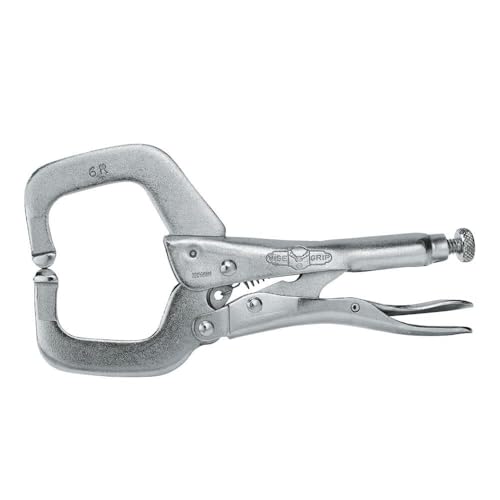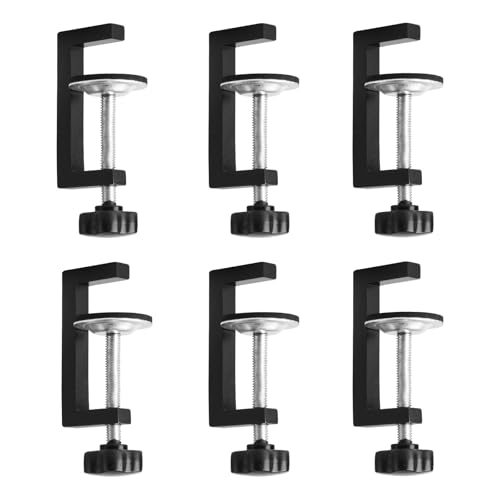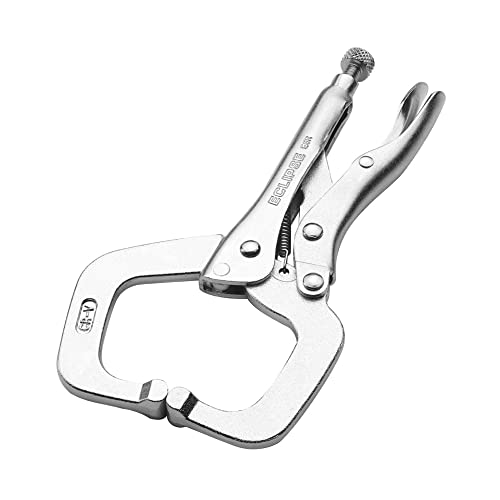Understanding the Use of a C-Clamp
A C-clamp is a versatile tool that is widely used for welding, woodworking, and metalworking applications. It is a popular choice among DIY enthusiasts and professionals because it is easy to use, versatile, and can clasp materials with ease. While C-clamps are often used on their own, they are also compatible with other clamps, allowing their use to be expanded even further.
Combining C-Clamps with Other Clamps
When it comes to clamping materials together, there is no one-size-fits-all solution. Depending on the shape, size, and material of the material, different types of clamps may be required. One advantage of C-clamps is that they can be easily combined with other clamps to provide a more secure grip.
Using C-Clamps with Bar Clamps
Bar clamps are a popular choice for woodworking as they provide a long clamp bar to apply pressure to the material. However, they can be limited in their reach and may not be suitable for very thick materials. In these situations, a C-clamp can be used in combination with a bar clamp to provide additional grip, allowing for a wider range of material thicknesses to be handled.
Using C-Clamps with Spring Clamps
Spring clamps are small, lightweight clamps that can be attached quickly and easily. While they are not as powerful as other clamps, they are useful for lightweight materials and for holding materials in place temporarily. When combined with a C-clamp, a spring clamp can provide additional support, helping to hold the material firmly in place.
Using C-Clamps with Pipe Clamps
Pipe clamps are similar to bar clamps but are designed to grip cylindrical shapes, such as pipes or poles. They provide a strong grip and can be used for a variety of applications. When combined with a C-clamp, a pipe clamp can provide additional support, allowing for awkward shapes to be held more securely.






